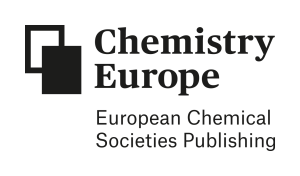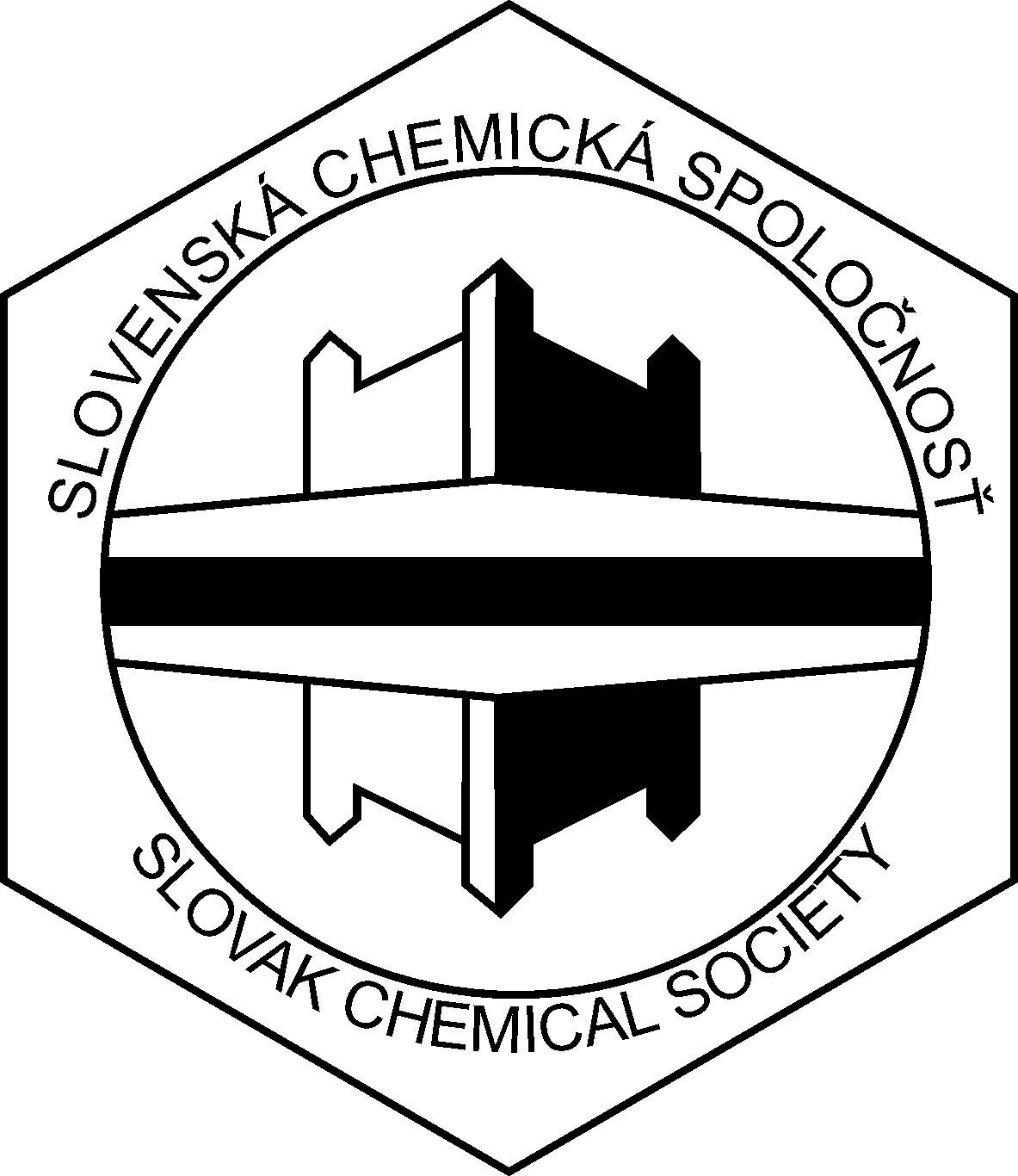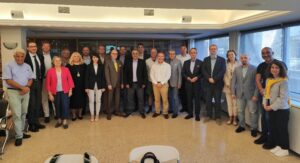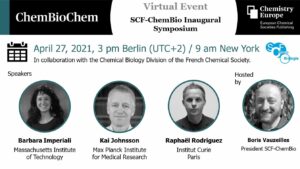31st March 2020
 ChemPubSoc Europe becomes Chemistry Europe: a new look for a new future
ChemPubSoc Europe becomes Chemistry Europe: a new look for a new future
ChemPubSoc Europe is proud to announce that from today it becomes Chemistry Europe. It is unveiling a new identity and a renewed purpose, fit for the future of chemistry and of publishing.
Founded 25 years ago with the creation of Chemistry A European Journal, now the societies’ flagship publication, Chemistry Europe is an association of 16 European chemical societies (among them Slovak Chemical Society), representing over 75,000 chemists.
The redefining of our core values and visual representation of our identity has been in motion since June 2018, driven by a team made up of stakeholders from our societies, our Council and from our publishing partner Wiley-VCH. During the project, researchers and society members were asked about what they value and what they need from their scientific community, learned societies and scholarly journals: the result is Chemistry Europe.
To ensure we continue to grow our successful publishing partnership into the future, we have been working together, to redefine our identity and to reflect on our core values and mission. Our aim is to maximise the impact of Chemistry Europe and its journals now and into the future by sharing the broadest range of quality chemistry research to researchers and practitioners across the globe.’ Jan- Willem Toering, Director of KNCV, the Royal Netherlands Chemical Society, and member of the Chemistry Europe Council.
‘Our 16 journals are at the heart of what we do and what we stand for, so to be launching their new identity is a landmark occasion for us. It clearly showcases the journals as a family, encompassing a very broad range of chemistry disciplines, offering vital research to address global issues such as climate change and energy consumption.’ Professor Dr Wolfram Koch, Executive Director of GDCh, the German Chemical Society, and member of the Chemistry Europe Council.
‘We are delighted to have worked so closely with the societies on this project and feel privileged to have been publishing partners for 25 years. We move forwards together ready to embrace the open future of science, chemistry and publishing.’ Guido Herrmann, VP and Managing Director, Wiley- VCH.
Today we also formally announce 37 new Fellows, who are nominated to honour their extraordinary support and service to us and our societies. The Fellowship is the highest award given by Chemistry Europe and this year the nomination of the Fellows will be celebrated at a reception during the 8th EuChemS Chemistry Congress in Lisbon.
About Chemistry Europe
Founded in 1995 as ChemPubSoc Europe, Chemistry Europe is an association of 16 European chemical societies, representing over 75,000 chemists. Our mission is to evaluate, publish, disseminate and amplify the scientific excellence of chemistry researchers from around the globe in high-quality publications. We support our members at every stage of their careers as they strive to solve the challenges that impact humankind. We value integrity, openness, diversity, cooperation and freedom of thought. www.chemistry-europe.org.
About the Chemistry Europe Fellows
The Chemistry Europe Fellows Program was established in 2015 under the name ChemPubSoc Europe Fellowship. In that year 35 chemists were honoured; in 2018 another 37 chemists were recognized for their outstanding support as authors, advisors, guest editors, referees as well as their service to their national chemical societies.
Please meet the Chemistry Europe Fellows, Class 2018/2019:
Ana Albéniz (Spain), Annette Beck-Sickinger (Germany), Matthias Bickelhaupt (Netherlands), Silvia Bordiga (Italy), Uwe T. Bornscheuer (Germany), Bas de Bruin (Belgium), Anthony J. Burke (Portugal), Gilberte Chambaud (France), Benoît Champagne (Belgium), Iris Cornet (Belgium), Pier Giorgio Cozzi (Italy), Gianluca Farinola (Italy), Ivana Fleischer (Slovakia), Katharina Fromm
(Switzerland), Karl Gademann (Switzerland), Piet Herdewyn (Belgium), Nicola Hüsing (Austria), Lene Hviid, (Netherlands), Ferenc Joó (Hungary), Karl Anker Jørgensen (Denmark), Burkhard König (Germany), Martin Kotora, (Czech Republic), Mário Nuno de Matos Sequeira Berberan E Santos (Portugal), Ronald Micura (Austria), Viktor Milata (Slovakia), Jean-François Nierengarten
(France), Marcin Opałło (Polen), Pedro J. Pérez (Spain), Amélia Pilar Rauter (Portugal), Vladimír Šindelář (Czech Republic), Agneta Sjögren (Sweden), Matthieu Sollogoub (France), Peter Somfai (Sweden), Sir J. Fraser Stoddart (US), Nikos Tagmatarchis (Greece), Tomás Torres (Spain), Anna Trzeciak (Polen).
United through global chemical challenges, these 37 chemists of different generations live and work in more than 18 countries.



